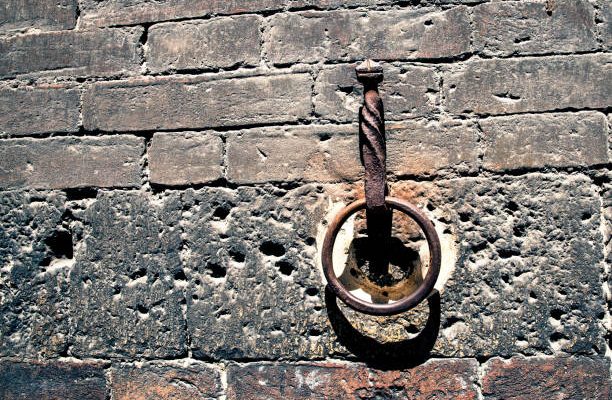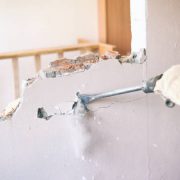It is necessary to install wall ties during construction to connect the cavity wall’s internal and external walls (leaves). It is primarily due to nongalvanized or inadequately protected steel wall ties that corrode over time and need to be replaced. This type of corrosion can cause masonry cracks due to expansion. The edges of the roof may also bulge, and the walls may bulge. It has even been reported that walls have collapsed in severe cases.
Buildings in coastal areas suffer from wall tie corrosion due to salinity in rain and mortars containing black ash, which is corrosive. It is inevitable, however, that some buildings constructed using cavity walls will require wall tie replacement at some point since most wall ties installed during construction will outlast the life of the building.
You might have to replace the original wall ties if installed incorrectly – for example, if the density was low, the site wasn’t controlled, or the ties weren’t suitable.
Why Should one replace wall ties there are plenty of reasons?
During building construction, don’t install the wall ties correctly. Incorrect tie spacing or too few wall ties can be used by the housebuilder, especially in areas of vulnerability. Another problem is rust on the cavity ties that cause failure or cracking.
A wall tie replacement system allows for the transfer and sharing of loads between the brick facade wall and the building’s inner structural wall.
The process of replacing corroded wall ties involves the use of wall ties that have been developed exclusively for use on existing walls. It is usually not recommended to replace wall ties with those used for new construction.
Rust (also known as iron oxide) builds up when mild steel or galvanized steel wall ties corrode, causing them to expand. As a result, the mortar bed cracks due to the pressure applied to the surrounding masonry. It is also possible for the brickwork to bulge outward as a result of expansion in the external wall.
Wall ties can also fail due to poor installation during construction. For wall ties to work effectively, they must be installed correctly for the type, height, and location of each building and long enough to reach the cavity.
Does the property require a specific type of wall tie?
Brick ties require a little DIY investigation to determine the proper type for your building. You should check the Insulation in the cavity walls first. Then you should choose a stainless-steel wall tie system that uses the minor installation bore to maximize thermal efficiency and avoid chemically reactive resins. To determine whether the bricks or blocks are solid (drilling rate will stay consistent) or if they are perforated, you will need to drill at least one investigation hole at each elevation.
Should fix tied solid brick and masonry walls with mechanical ties, resin-grouted ties, or helical wall ties. Resin Grouted Tie in a Sleeve or Helical Tie recommends connecting perforated brick or block walls. Should use mechanical ties or hammer-fix helical ties for cavity-insulated walls. A hammer-in Helical-Screw Wall Tie provides more excellent fire safety than a half-hour fire rating.




















